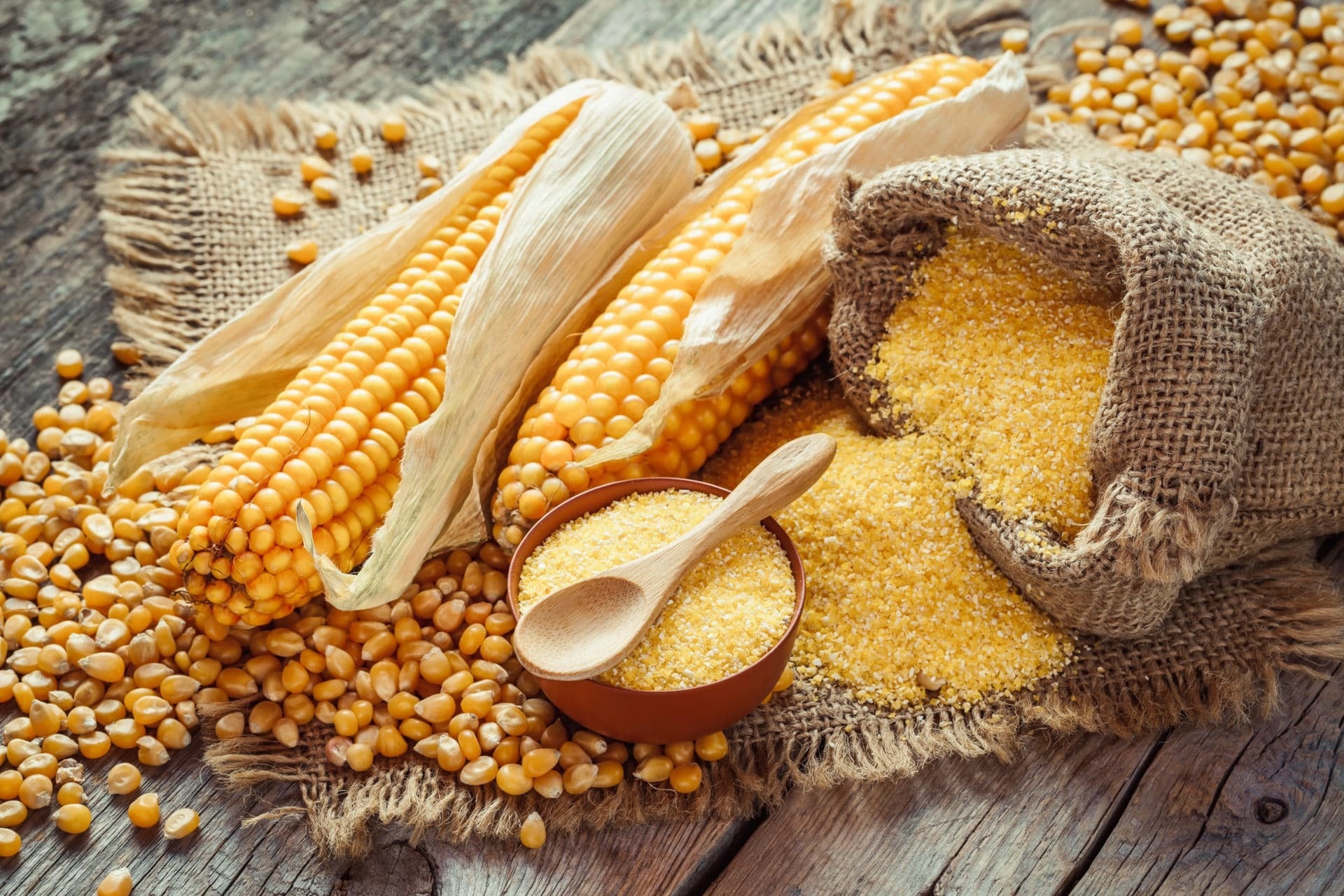
Though diverse in taste and texture, cornbread has had a ubiquitous presence on American dinner tables across the nation—from North to South to East to West. While regional food sources and cultural dynamics have evolved the African-Americans diet, some things like cornbread persisted through time, migration and more. But why?
“The most popular rations that were given out to enslaved people as inexpensive staples was cornmeal,” says Dr. Frederick Douglass Opie, professor of history and foodways at Babson College in Babson Park, Mass. “Corn is something that the Portuguese introduced to the people of West and Central Africa before they came here. So, it wasn’t the first time they used corn.”
According to Opie, those slaves, already familiar with growing corn and its culinary uses, would either plant small plots of their own corn or rely on creative uses of the grain ration to supplement their diet.
“During the week, enslaved people ate things like hoecakes, cornbread or ashcakes—when you take the cornmeal and combine it with water and you cook that actual cake over ashes,” says Opie, explaining how corn became the fundamental food source of the slave community. “A lot of those things that were a part of our cuisine come out of survival techniques.”
And as an affordable yet filling ingredient, it was not only used to make breads and cakes but also to coat meats and fish for frying. But corn, through the innovations of African-American kitchens, would also transform into another universal food favorite: grits.
“The most surprising detail about grits was learning that they go back much further than many people have considered or reported. Maize was first cultivated 9 or 10,000 years ago in Central Mexico and scientists have uncovered hand milling tools, similar to a modern-day mortar and pestle, from as far back as 8,000 years ago,” says Erin Byers Murray, author of Grits: A Cultural & Culinary Journey Through the South.
Murray says African-Americans would adapt the dish, cooking the grits for both their own meals and for the meals of their enslavers, which helped establish the culinary foothold of grits in Southern cuisine. The African slaves are also credited with pairing the dish with seafood, leading to widely celebrated Southern delicacies like shrimp and grits.
Now, you see these once humble dishes, like hoecakes/Johnny cakes, corn pone, cornbread and shrimp and grits, celebrated in some of the leading restaurants in the nation. Murray says the whole grain, gluten-free trend has even spurred a re-exploration of corn-based products such as stone-ground grits.
But without fail nor need for validation, these deeply-rooted dishes still hold a place in our hearts and on our dining tables.





